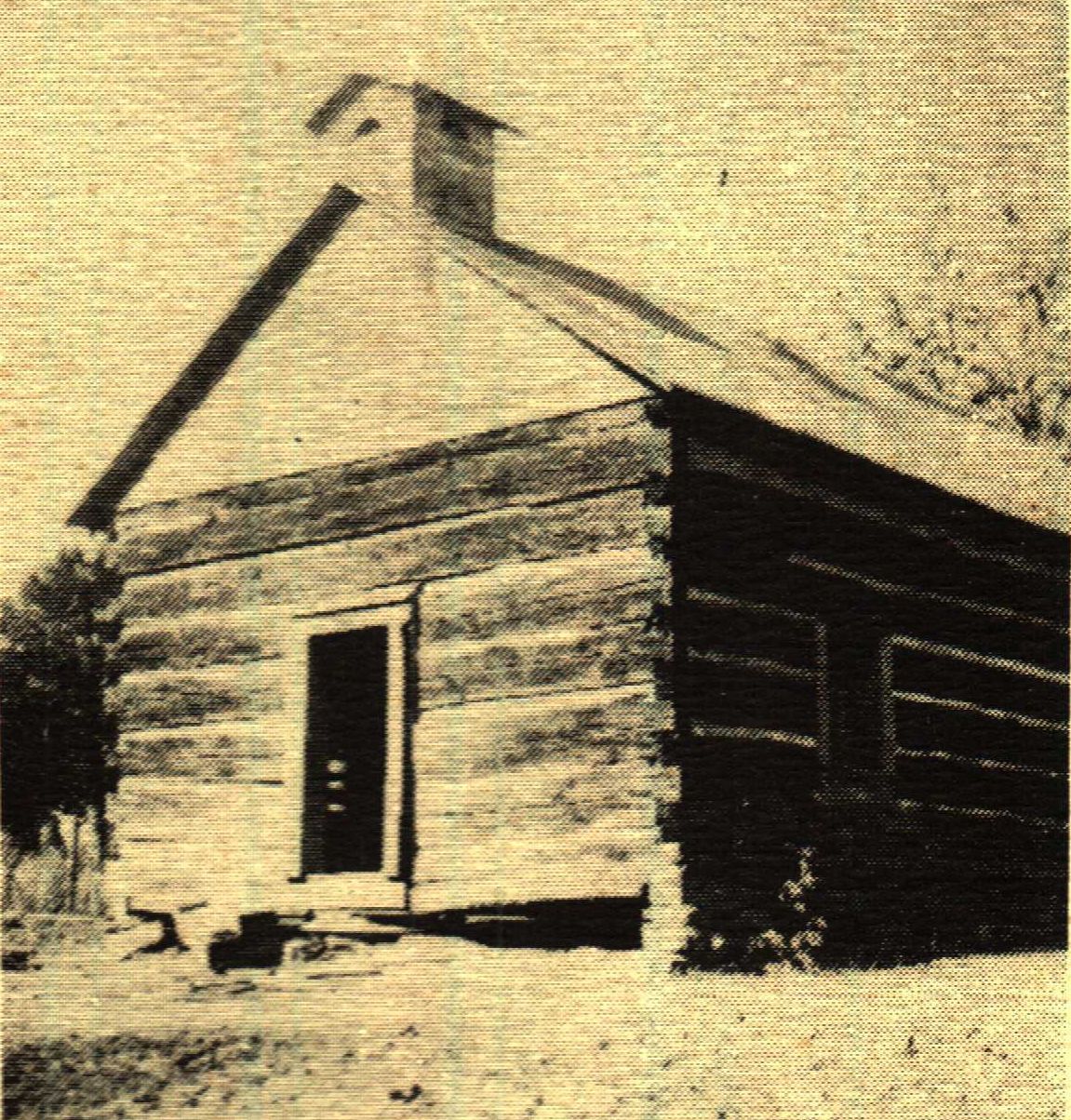Campground - the community and the church
/One of the beautiful things about doing family or regional research is relying on the past work of others. For Fentress County historians, Mr. Luther Atkinson chronicled a ton of photos and information that we can now refer to. Additionally, The Mount Union Missionary Baptist Church has a booklet of the church’s history 1870 – 1995 that I am relying heavily upon. While Luther Atkinson is credited as “helping compile the information for this book,” no specific author or editor is noted.
Last week we talked about a church plant from Mount Union. So I thought we’d take a little step back and look at the history of this church’s formation.
We’ll need to try to differentiate between Campground and the Mount Union Church. Many of us will always refer to them as one and the same. The church is simply an integral part of the Campground community. But there is a rich history in the forming of the Missionary Baptist church.
The “Campground” seems to have no beginning – there are unnamed graves in the cemetery that no one can date. Located at a good spring and amid a lush forest, the campground area is said to have been a stopping point for many travelers. At some point, camp meetings began to take place, undoubtedly as eager preachers sought to spread the gospel among these wayfaring strangers. Eventually, the camp meetings became regular, annual events and would be known as the “Wilderness Meetings”.
I can imagine living in a time without telephones, email, or social media – and even in a place lacking regular church meetings – these annual revivals would have been the social event of the year. People came from all around, set up camp, visited with distant neighbors, swapped stories and sought spiritual rejuvenation.
By 1840, the Campground community had grown and established such permanency that a small log building was erected to serve as church and school. The school would continue educating the community’s children until the mid-1930’s.
In the meantime, the little log church building would serve as a center of worship for 3 different denominations. There was a Presbyterian congregation, a Methodist congregation and a Baptist congregation.
Four families living in the area in the latter half of the 19th century claimed the Methodist faith. The Peters, Todds, Normans, Shillings and Crosses would worship at Campground until Bruner’s Chapel was formed in 1882 in Clarkrange. The Presbyterian congregation disbanded some time later.
Carson Key records that about 1902 a large, wood-framed church was erected which would be replaced by today’s brick building in 1940.
Now I need YOUR help… The Mt. Union history book refers to “Three Forks (Nether Church)” as being affiliated with Mt. Union prior to the 1870 organization. In fact, it states that, when the church was originated, “Rev. S.S. Looper, pastor of the Three Forks Baptist Church with deacons of said church… officiated in the organization.” Do any of you have any information on this Three Forks or Nether Church and how they were affiliated with Mt. Union? There is currently a Three Forks church in Alpine, TN. Is that the same church? I would certainly appreciate if you would click “comments” below if you have any information on this.






